Version 26.0

Written & Compiled by Macklin Andrick, GPJ Sr. Creative Technologist
GPJ’s Experience Technology practice is your trusted guide through the latest technological shifts and how they might benefit your next experience. Another week, another opportunity to explore some of the weird and wild things going on in the tech world!
Dive into the latest roundup where CES 2024 unfurled a spectrum of innovation, from SK’s sustainable spectacles to BMW’s new robotic teammates. Discover how Google’s Lumiere is reshaping AI video realism and navigate through the highs and lows of Apple Vision Pro’s app galaxy. Buckle up for an electrifying journey through the intersection of today’s ambition and tomorrow’s technology!
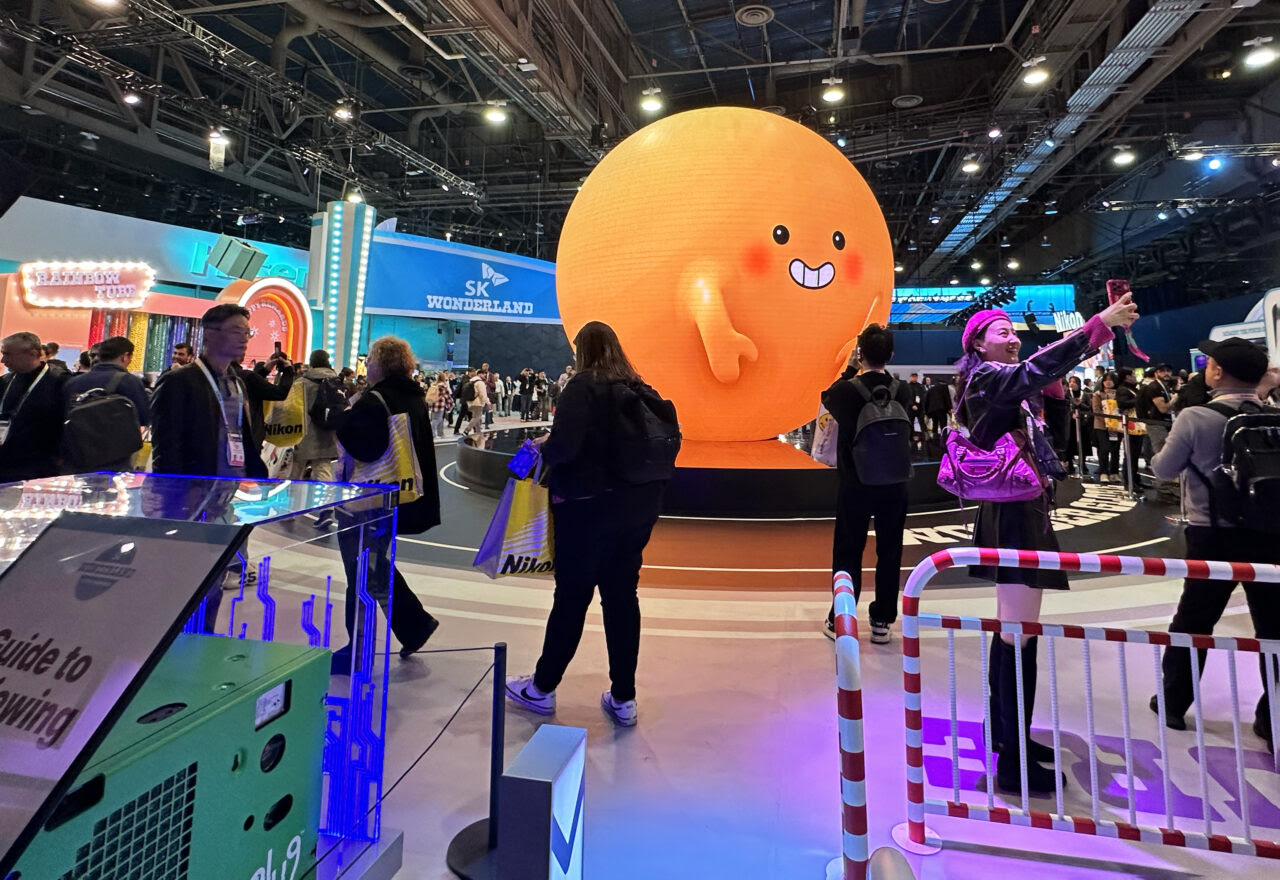
CES 2024: Recap of the show’s best exhibit experiences
CES 2024 dazzled attendees with a focus on experiential exhibits over traditional showcases, reflecting a trend towards immersive storytelling and sustainable practices. SK’s “SK Wonderland,” an amusement park-themed booth, stole the show with its interactive attractions, including a hydrogen-powered train and AI activations, emphasizing green technology. Togg’s “Togg’ether Beyond” exhibit promoted sustainable mobility through immersive journeys and rewarded attendees with tokens for NFTs. Mercedes-Benz and Panasonic offered luxurious and sustainable experiences, respectively, while Kohler’s booth was a haven of home wellness innovations. Hyundai showcased its vision for a carbon-neutral future with an impressive fortress-like booth. LG, Google, Samsung, and HD Hyundai captivated visitors with their unique, engaging spaces, from futuristic vignettes to street-style layouts. Kia, Walmart, Siemens, and Canon provided immersive, thematic experiences, highlighting innovations in EV technology, retail, industrial solutions, and travel storytelling. These experiences, focusing on interaction, sustainability, and technology, underscored the shift towards creating memorable brand engagements at CES 2024.
Google shows off space-time diffusion model for realistic AI video
The Lumiere project, a collaboration between Google, Weizmann Institute of Science and Tel Aviv University, introduces an innovative space-time diffusion model aimed at enhancing realistic video generation. Unlike current market leaders (Runway, Pika, Stability AI), Lumiere uniquely synthesizes videos with realistic, diverse, and coherent motion by using a Space-Time U-Net architecture. This architecture allows the generation of the entire temporal duration of a video in a single pass, leading to superior motion realism and coherence. Lumiere’s capabilities include transforming text or still images into dynamic videos, video editing features like inpainting, Cinemagraph and stylized generation. Although Lumiere shows promise, outperforming competitors in motion magnitude and quality in 5-second videos, it’s not yet publicly available for testing and has limitations, such as the inability to generate videos with multiple shots or scene transitions.

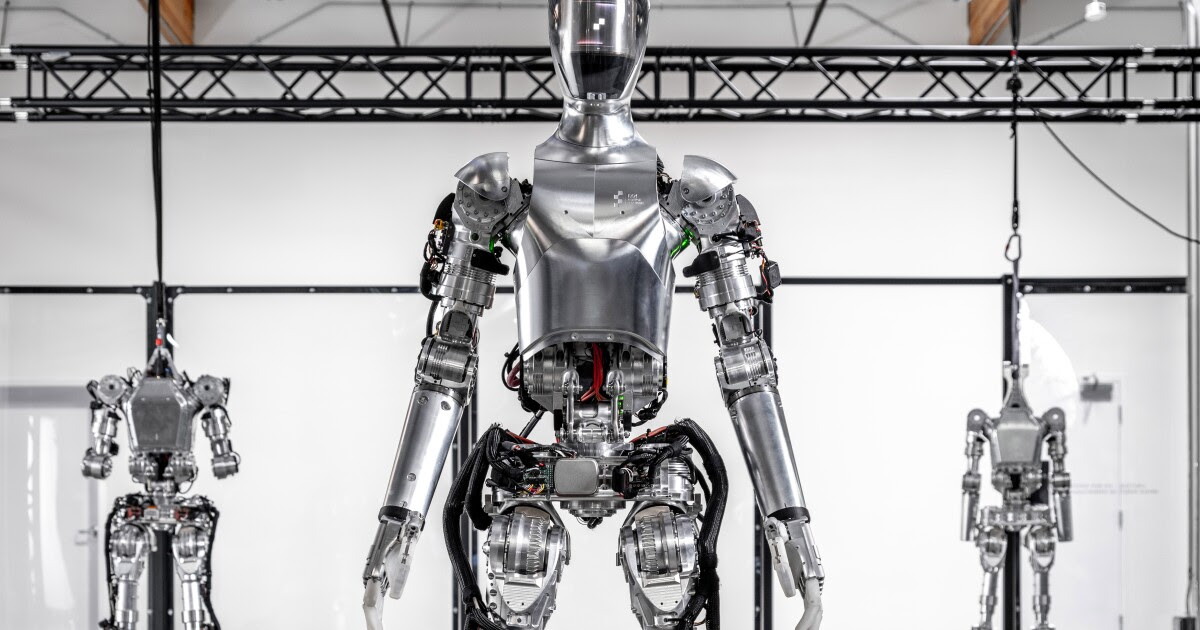
Figure’s humanoid robots are about to enter the workforce at BMW
Figure, an emerging robotics company, has secured its first commercial deal by sending its general-purpose humanoid robots, the Figure 01, to work at BMW’s manufacturing plant in South Carolina. Developed at a rapid pace, the Figure 01 is designed to perform real-world tasks alongside humans, marking a significant milestone in autonomous humanoid technology. While autonomous humanoids have been utilized in workplaces before, such as Amazon’s testing of the Digit humanoid, Figure’s deal with BMW is notable for being purely commercial, potentially making it one of the first of its kind. Founder and CEO Brett Adcock emphasizes Figure’s commitment to practical applications in the real world, with the company currently training the robots for specific tasks at BMW’s facility. This partnership with BMW, known for its extensive experience with robotics, aims to address automation challenges with the humanoid’s advanced capabilities in dexterity and mobility. With training underway and plans for incremental deployment based on achieving specific milestones, the collaboration between Figure and BMW represents a significant step in the integration of humanoid robots into the industrial workforce.
Google and AT&T invest in Starlink rival for satellite-to-smartphone service
Google, AT&T and Vodafone have invested $206.5 million in AST SpaceMobile, a company aiming to provide satellite-to-smartphone services and competing with SpaceX’s Starlink. AST SpaceMobile, which recently conducted a $100 million public stock offering, is developing technology to deliver mobile broadband, especially to unserved and underserved areas, using low-Earth-orbit satellites. The company, which has agreements with over 40 global mobile network operators, has completed significant milestones like two-way voice calls and a 5G connection between a standard smartphone and its test satellite, the BlueWalker 3. With plans to launch five commercial satellites by the end of March 2024 and the potential to deliver data transmission speeds of up to 120Mbps, AST SpaceMobile’s initiative could significantly supplement cellular networks in hard-to-reach regions, presenting a robust challenge to Starlink’s satellite communication services.
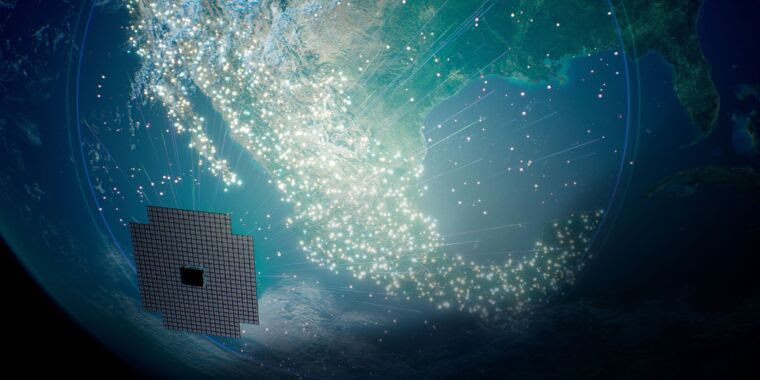
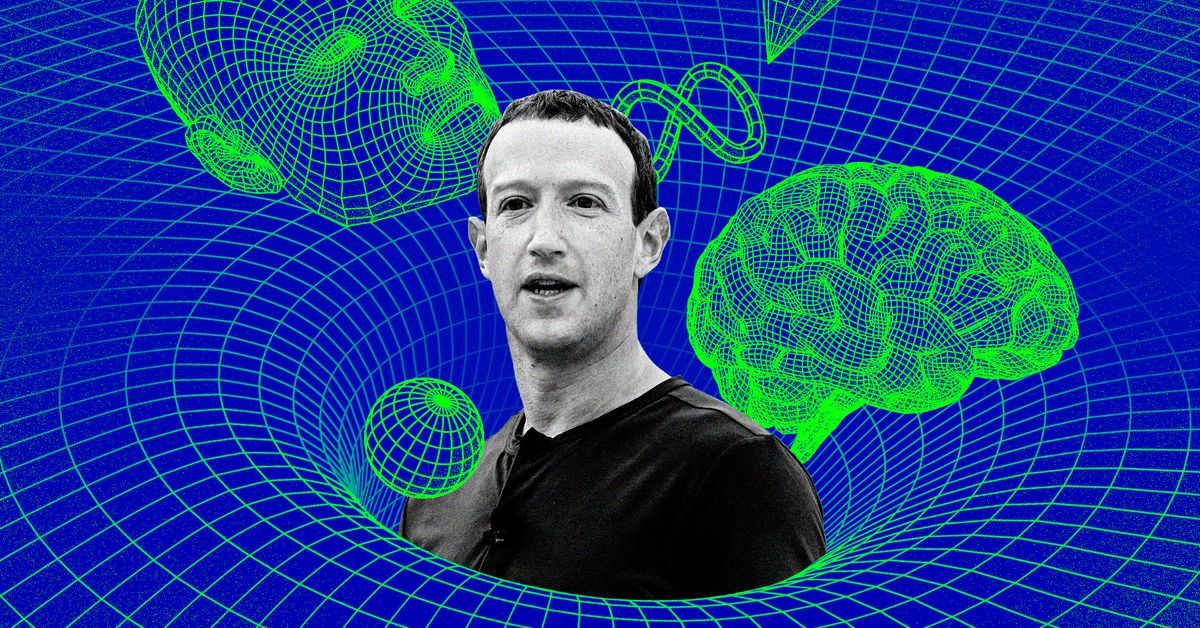
Mark Zuckerberg’s new goal is creating artificial general intelligence
Mark Zuckerberg, CEO of Meta, is shifting his company’s focus towards creating Artificial General Intelligence (AGI), integrating Meta’s AI research group, FAIR, with the team developing generative AI products. Zuckerberg envisions AGI as a gradual evolution with broad capabilities, including reasoning and intuition. He aims to leverage Meta’s considerable resources, including a projected inventory of 600,000 GPUs by the end of 2024, to advance in this field. Meta’s approach to AI development is notably open-source, contrasting with some competitors’ more closed strategies. Zuckerberg believes this openness can mitigate potential issues of unequal access and value concentration, though he acknowledges the potential need for flexibility in this stance. This pivot to AGI comes amidst Meta’s continued investment in the metaverse and other AI-driven initiatives, underlining Zuckerberg’s vision for a future where human interaction with AI becomes increasingly central.
Vision Pro apps: the good, the bad, and the ridiculous
Apple’s Vision Pro, the company’s latest endeavor in spatial computing, is set to introduce a range of apps, offering 3D movies from Disney Plus, support from streaming platforms like Max and Amazon Prime Video, and games like What the Golf? and Super Fruit Ninja. However, notable services like Netflix and YouTube won’t have dedicated apps at launch, potentially limiting immersive viewing experiences. Users will have to access these services via a web browser, posing potential restrictions on content quality and offline viewing. Despite this, the Vision Pro, launching on February 2nd, is anticipated to bring a variety of experiences to users, blending traditional iPhone and iPad apps with new spatial computing capabilities. The headset’s success could hinge on the versatility of web browser Safari and the wealth of content from major streaming and gaming services, though the absence of certain popular apps at launch may present initial challenges.
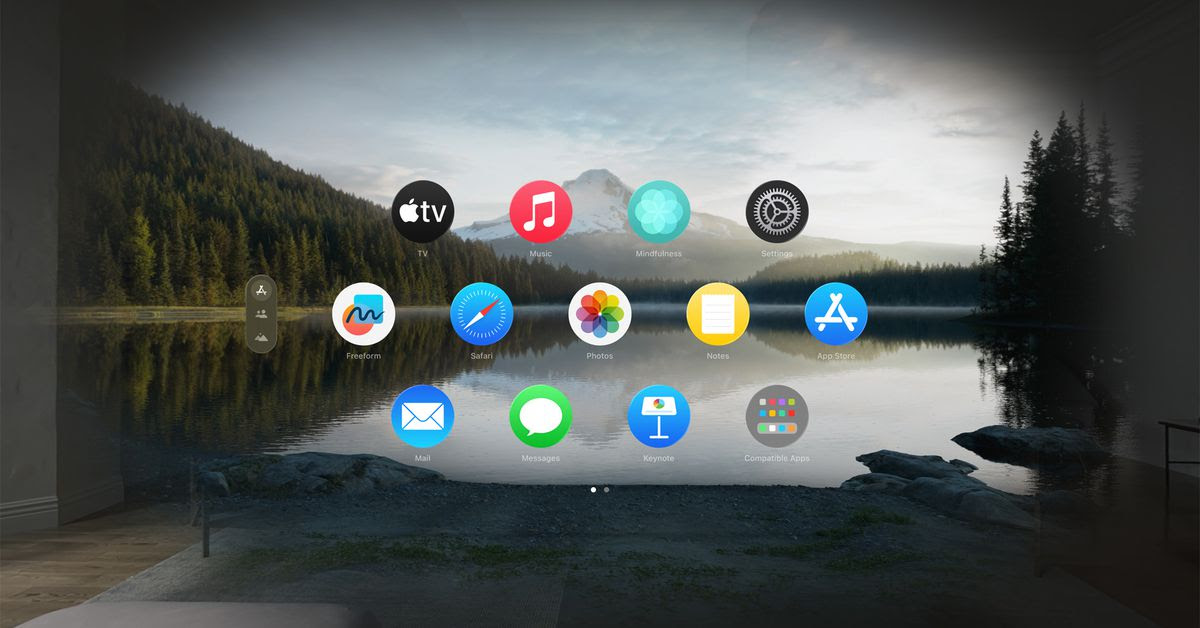
More Cool Stuff We Found
- Short Trip – Alexander Perrin
- Nvidia’s RTX GPUs can now upgrade SDR content to HDR using AI
- Disney offers an elegant solution to VR’s movement problem
- Quantum Jungle: Interactive Quantum Art Installation with 1008 springs
- NASA Reveals Incredible X-59: A Unique, Experimental Supersonic Jet
- Chrome is getting 3 new generative AI features
- The Pixel 8 Pro can now read body temps, if you swipe it across your face
- Void
Missed a Creative Tech Byte? Find all previous versions here